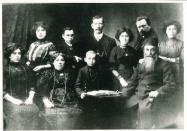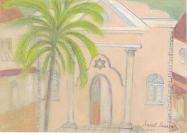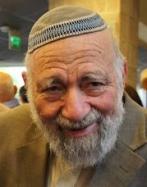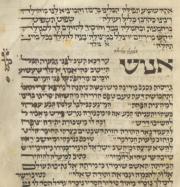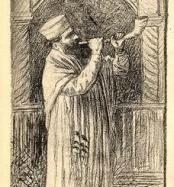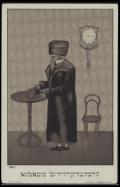(245 results found)
The Jerusalem-Sephardic Tradition
… Syria, Lebanon, the Land of Israel, and Egypt. H azzanim (cantors) and payytanim passed on these traditions from … although at the same time, there was also an influence from cantors and paytanim who were not from the Aleppo tradition … and of other Eastern traditions of various paytanim and hazzanim . The Jerusalem-Sephardic tradition accompanies …
Abraham Zvi Idelsohn
… will later become my teacher. The above mentioned cantors had less voice than he, but much sweeter, and their … recommended me to Frommermann, who maintained a school for cantors. He gave me a place in a Bavarian community. …
Idelsohn’s trilingual autobiography and Yiska Idelsohn’s oral memoire
… will later become my teacher. The above mentioned cantors had less voice than he, but much sweeter, and their … Weintraub who had been his teacher, and the rest of the chazzanim who composed music for the synagogue. He taught me … recommended me to Frommermann, who maintained a school for cantors. He gave me a place in a Bavarian community. Brainin …
Jews in Gibraltar and the music of their synagogues
Jews in Gibraltar and the music of their synagogues: An introduction
Introducing the…
Andre Hajdu
Born in Hungary on 5 March 1932 to a characteristically assimilated Hungarian-Jewish…
Niggun ‘Akedah: A Traditional Melody Concerning the Binding of Isaac
… the proper melody, assuming that: “Perhaps they [i.e. the cantors] did not want to sing three Seliḥot [penitentiary … preface to this melody (“oy-oy-oy”) was originally what cantors used to call “ shtel ” or “ shtele ,” namely a … University of Jerusalem. _____. 2002. “The Training of Hazzanim in Nineteenth-Century Germany.” Yuval 7: 299–367. …
Tish-nigunim Ascribed to Yosl Tolner and the Aesthetics of the Genre
… melodies from eighteenth- and early nineteenth–century cantors’ manuscripts and nigunim, assuming an ongoing … of a liturgical cantorial recitative; on the other hand, cantors used to incorporate rhythmic nigunim in order to … by this custom of incorporating rhythmic melodies into cantors’ singing, as well as by prolonged cantorial …

